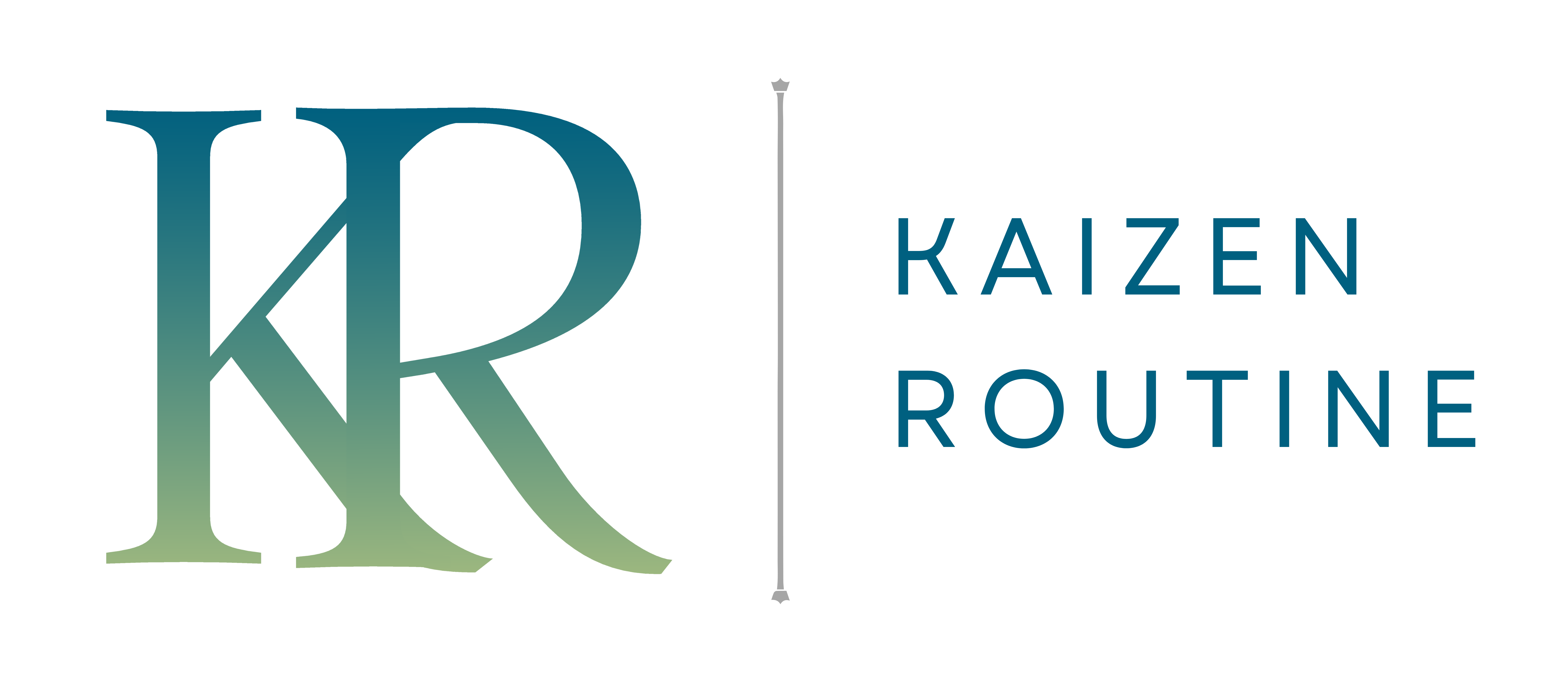The importance of having an emergency fund cannot be overstated. Life is unpredictable, and you never know when you may need money for unexpected expenses. That’s why it’s crucial to have an emergency fund to fall back on when times get tough.
What is an Emergency Fund?
An emergency fund is money that you set aside for unforeseen expenses. It can be used for anything from car repairs to medical bills to unexpected home repairs. The purpose of an emergency fund is to provide financial stability and security in times of crisis.

Why is it important to have Savings for an Emergency?
“An emergency fund isn’t just for emergencies, it’s a way to secure your financial future.”
John C. Maxwell
There are several reasons why having an emergency fund is important:
1. Unexpected expenses
Life is unpredictable, and you never know when an unexpected expense will arise. Whether it’s a medical emergency or a car repair, having an emergency saving fund can help you cover the costs without going into debt.
2. Job loss
Losing your job can be a significant financial setback. Having an emergency saving can help you cover your expenses while you look for a new job.
3. Peace of mind
Knowing that you have money set aside for emergencies can provide a sense of security and peace of mind. You’ll be able to handle unexpected expenses without worrying about how you’ll pay for them.
4. Avoid falling into debt
Without an emergency savings, you may be forced to rely on credit cards or loans to cover unexpected expenses. This can lead to debt and financial stress.
How much should you have in your Emergency Savings Fund?
Experts recommend having three to six months’ worth of living expenses saved in your emergency fund.
This means that if your monthly expenses are $3,000, you should have between $9,000 and $18,000 saved in your emergency fund.
How to build an Emergency Reserve?
Building an emergency savings fund takes time, but it’s worth the effort. Here are some tips for building an emergency reserve:
1. Set a goal
Determine how much you need to save and set a goal for yourself. This will help you stay motivated and on track.
2. Start small
Saving a large amount of money can be daunting. Start small by saving a certain amount each week or month.
3. Cut expenses
Look for ways to cut expenses and save money. This could include eating out less or canceling subscriptions you don’t use.
4. Make it automatic
Set up automatic transfers from your checking account to your savings account each month. This will help you save without even thinking about it.
5. Keep it separate
Keep your emergency savings separate from your other savings. This will help you avoid dipping into your emergency fund for non-emergency expenses.
The super-power of having an Emergency Fund
Having an emergency savings fund can provide financial stability and security in times of crisis. It can help you avoid debt and provide peace of mind. By building an emergency reserve, you’ll be prepared for the unexpected and better equipped to handle whatever life throws your way.
As the saying goes,
“It’s better to be safe than sorry.”
What are some tools which can help me manage an emergency fund?
There are several tools available to help manage your emergency reserve:
1. Budgeting Apps
Many budgeting apps like Mint, PocketGuard, and YNAB (You Need a Budget) allow you to create and track savings goals. You can set up an emergency savings plan as a savings goal, and these apps will help you track your progress towards it.
2. High-Yield Savings Accounts
Online banks like Ally, and Discover offer high-yield savings accounts with competitive interest rates. These accounts are ideal for storing your emergency reserve because they earn interest and are FDIC insured.
3. Automatic Transfers
Many banks allow you to set up automatic transfers from your checking account to your savings account. You can set up a recurring transfer each month to your emergency reserve to ensure that you are consistently contributing to it.
4. Financial Planning Tools
Financial planning tools like Empower and Wealthfront can help you create a personalized financial plan that includes an emergency saving. These tools can help you determine how much you need to save and how long it will take you to reach your goal.
5. Investment Apps
Some investment apps like Acorns and Stash allow you to set up a “rainy day” or emergency saving. These apps invest your money in low-risk, conservative portfolios, and you can withdraw your money at any time without penalty.
By using these tools, you can effectively manage your emergency reserve and ensure that you are prepared for unexpected expenses or emergencies.
In conclusion, it’s essential to have an emergency savings fund as a safety net for unexpected expenses. Building an emergency reserve takes time, but it’s worth the effort.
By following the tips outlined above, you can start building your emergency reserve today and enjoy the peace of mind that comes with being financially prepared for the unexpected.
Don’t just grow physically. Grow mentally as well, and watch your life progress in an upward trajectory!
Join Kaizen Routine to kick-off your journey of Continuous Development and Financial Freedom




 “Hyperfocus” – How to Work Less, Achieve More
“Hyperfocus” – How to Work Less, Achieve More  Sitting Disease – The Silent Killer That Shortens Out Lifespan
Sitting Disease – The Silent Killer That Shortens Out Lifespan  Book Review 06 – Think And Grow Rich
Book Review 06 – Think And Grow Rich  Law of Attraction: The Power Within to Attract Success
Law of Attraction: The Power Within to Attract Success
5 Comments